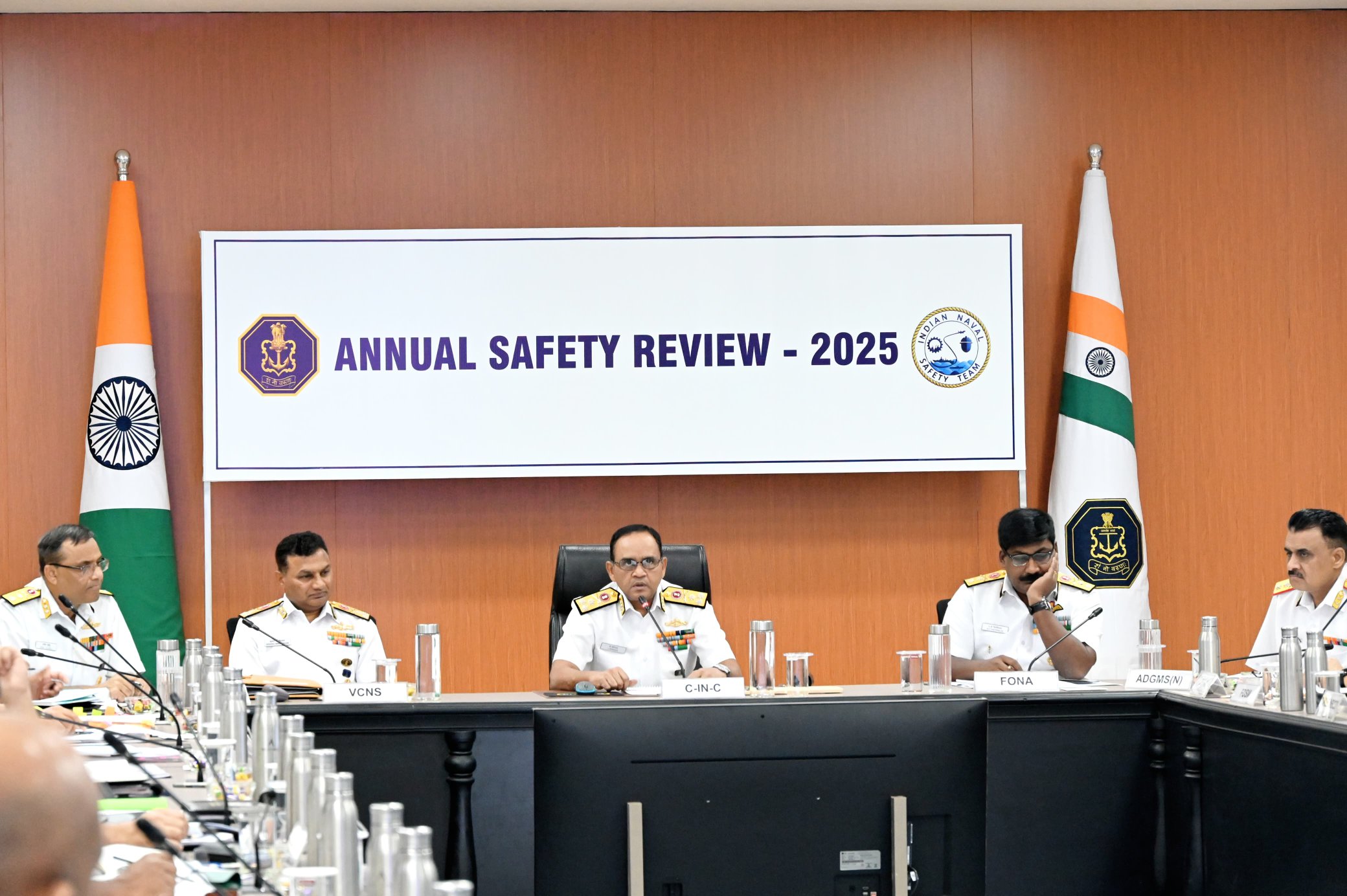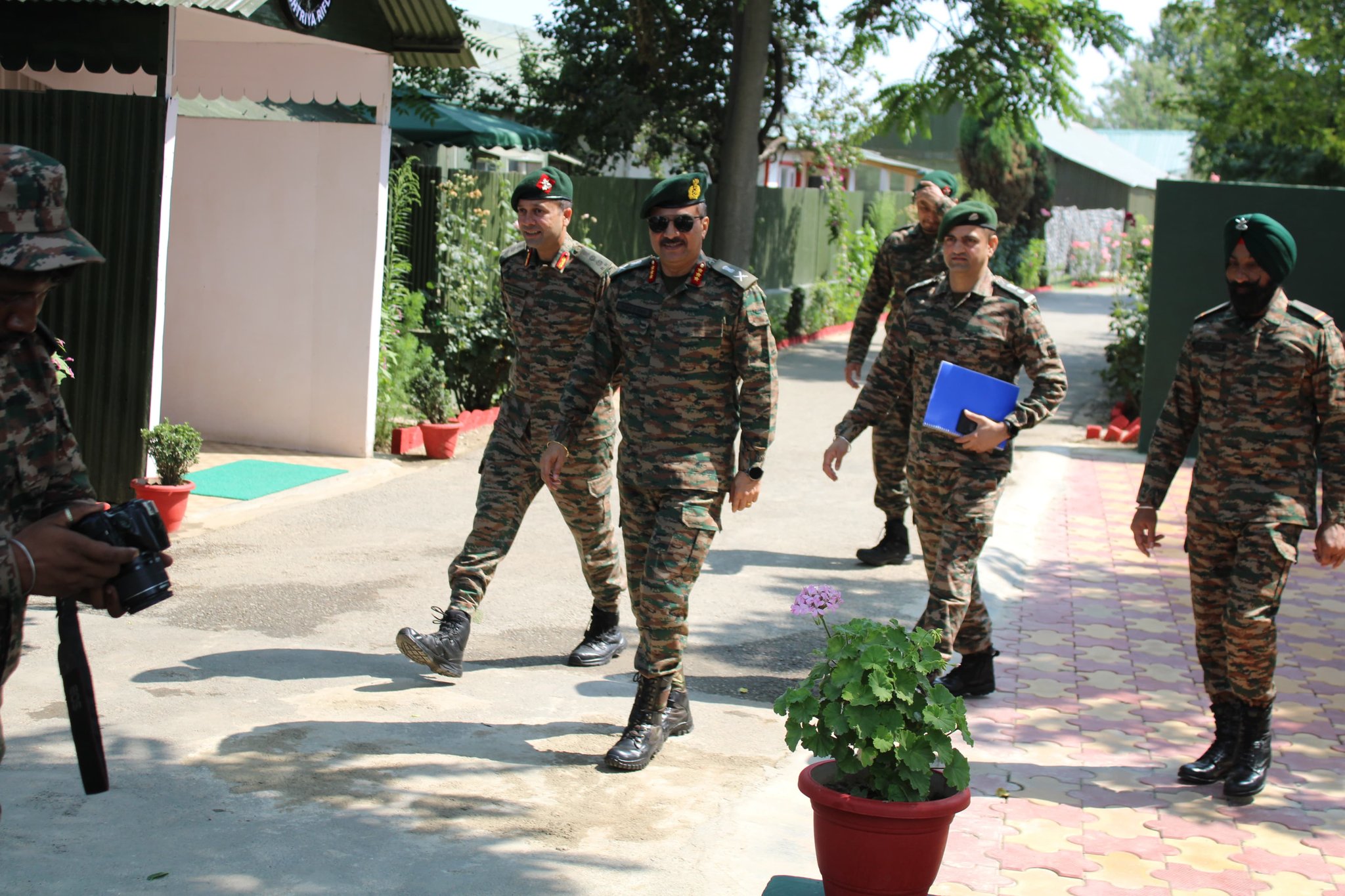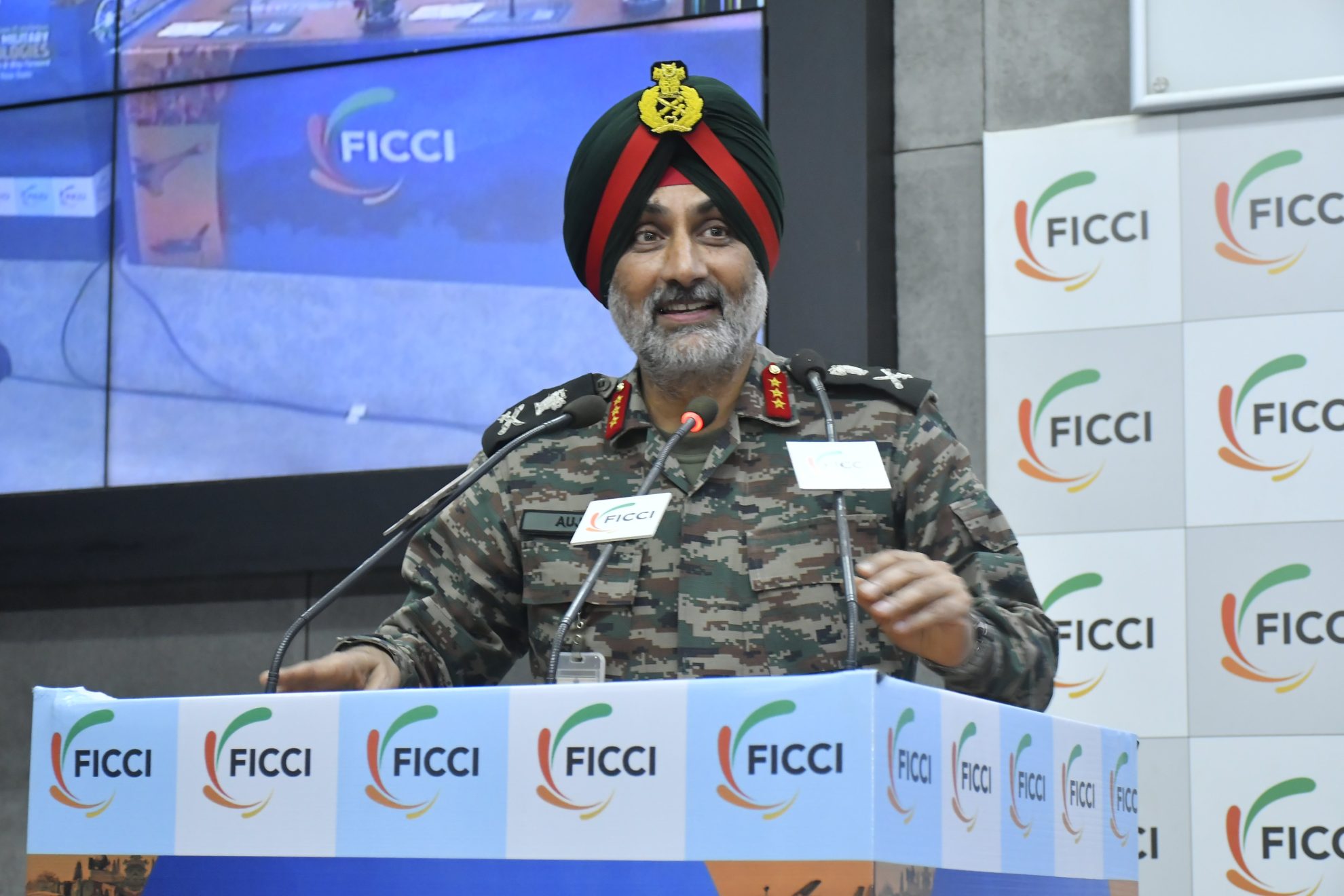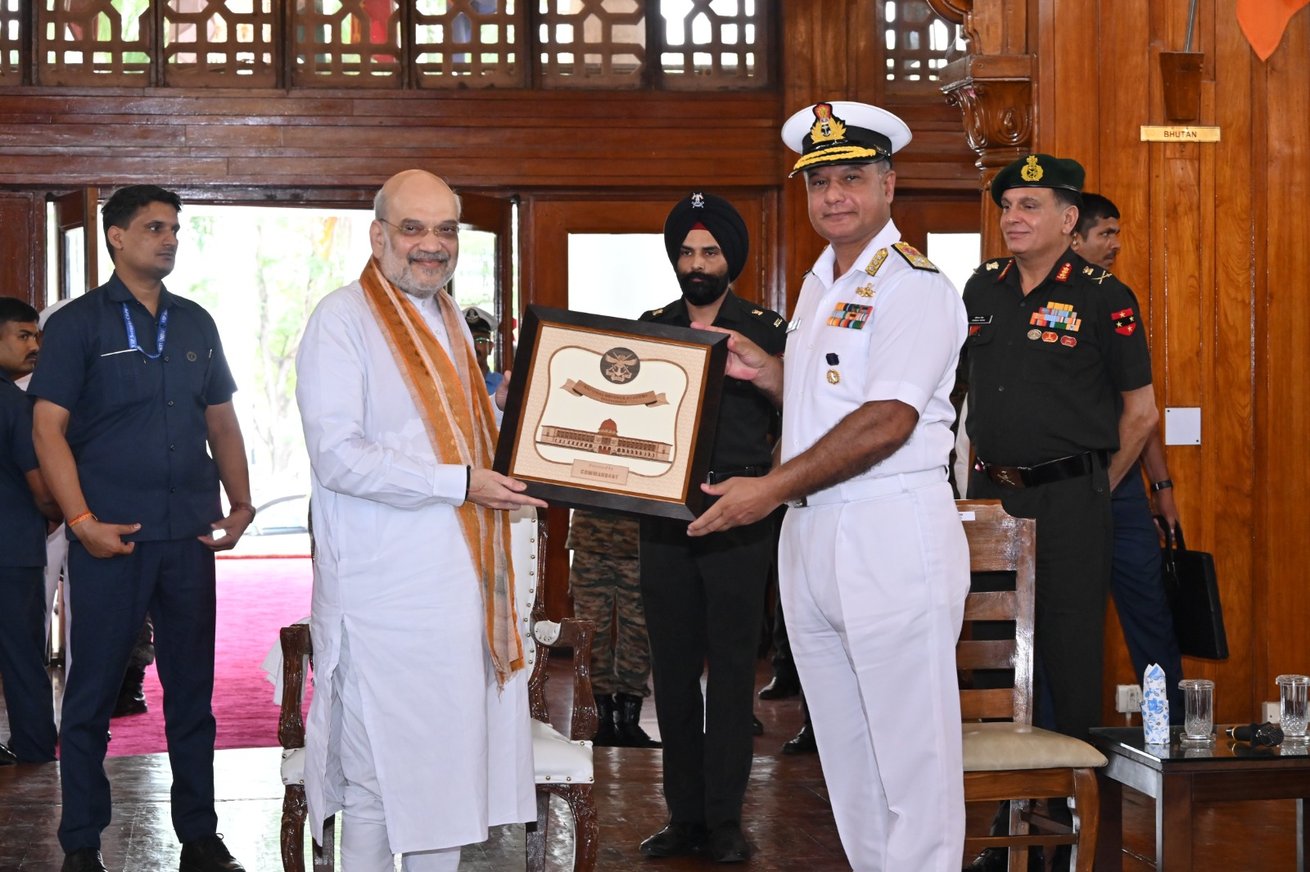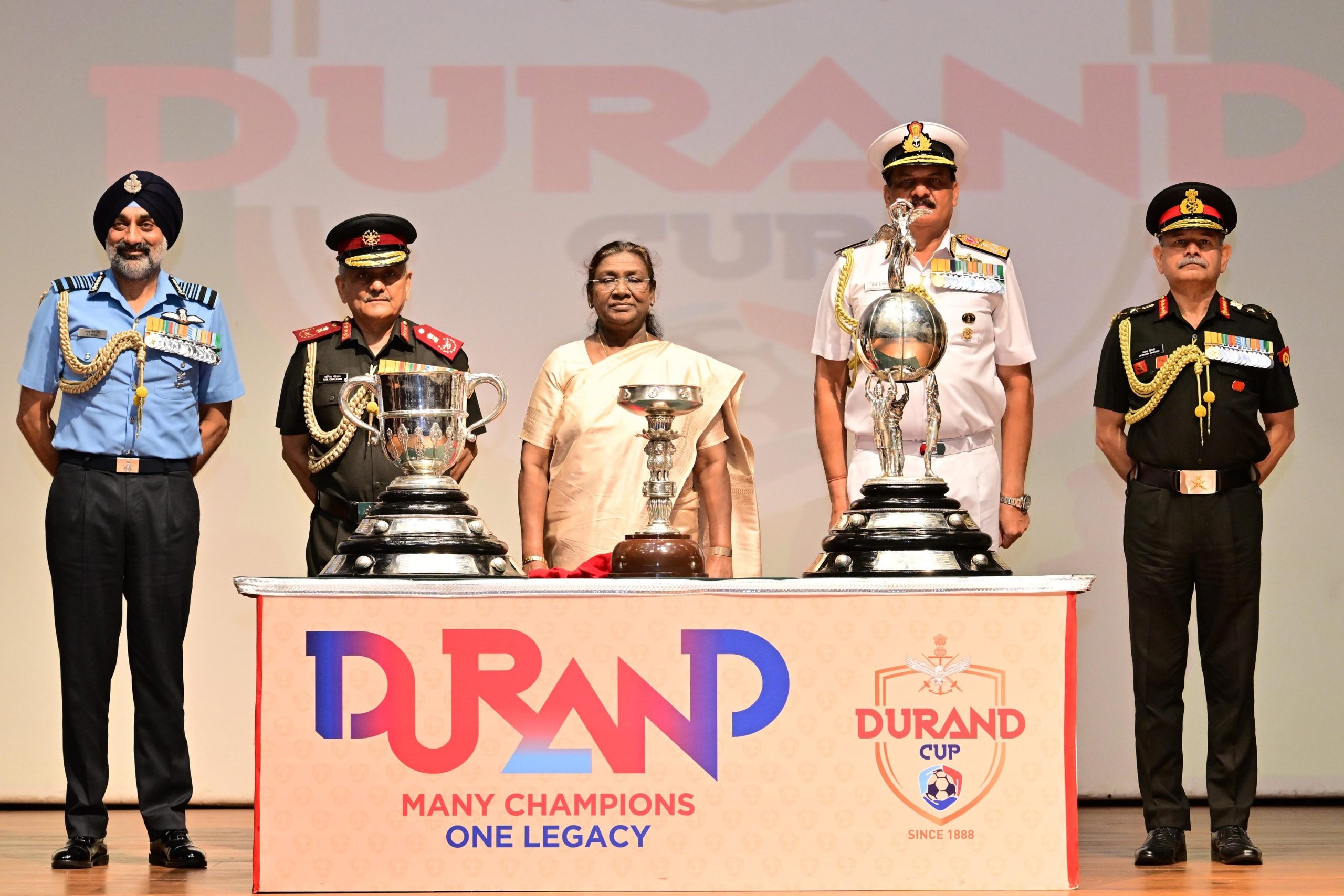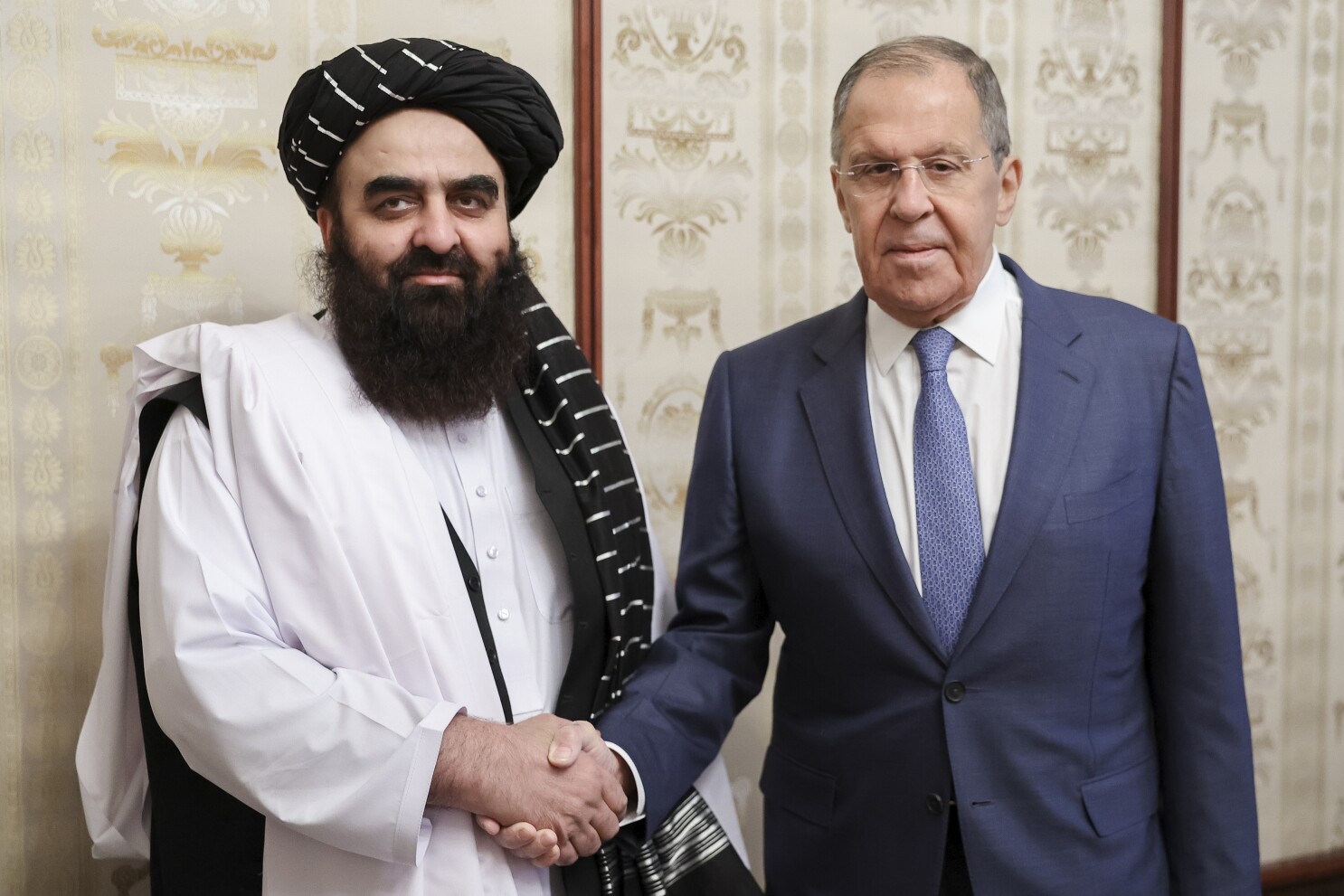Indian Navy Showcases Safety Breakthroughs at 8th Annual Review in Kochi
The Indian Navy conducted its 8th Annual Safety Review (ASR-25) at the Southern Naval Command in Kochi from July 2-3,…
Lt Gen Vijay B Nair Reviews Security Readiness in South Kashmir
Lieutenant General Vijay B Nair, Chief of Staff of the Northern Command, conducted a crucial visit to South Kashmir on…
Indian Army Unveils Futuristic Modernisation Plan, Calls for Industry Collaboration
The Indian Army has rolled out an ambitious modernisation roadmap aimed at transforming its combat capabilities for next-generation warfare. The…
Amit Shah Inspires NDA Cadets During Visit to National Defence Academy
Union Home Minister Amit Shah visited the National Defence Academy (NDA) today, delivering a powerful address to the future leaders…
President Droupadi Murmu, CDS, and Armed Forces Chiefs Unveil Durand Cup 2025 Trophies at Rashtrapati Bhavan
President of India, Smt Droupadi Murmu, unveiled and flagged off the trophies of the Durand Cup 2025 at a special…
Russia Becomes First Nation to Officially Recognize Taliban Government Since 2021 Takeover
In a landmark diplomatic shift, Russia has become the first country to officially recognize the Taliban-led government of Afghanistan since…

